Talking clocks are a remarkable invention which benefit a wide range of people. For instance, they accommodate elderly people or people with visual impairments who might have trouble reading a traditional clock.
A talking clock will also prove handy for people who multitask due to their busy lifestyles, consequently boosting productivity and efficiency.
These fantastic gadgets offer audible time updates with the push of a button. More sophisticated models even provide predetermined intervals. For those who are blind, this feature can provide independence and autonomy.
Additionally, these clocks frequently include extra features like alarms, temperature readings, and calendar notifications. Therefore, this increases their usefulness and practicability.
We have reviewed several of the top talking clocks on the market, considering their dependability, usability, extra features, and user reviews. Our evaluations and analysis provides the most accurate information possible, enabling you to choose the talking clock that best suits your needs. Our research considers a wide range of models to accommodate varying needs and budgets, ranging from the most basic to the most developed.



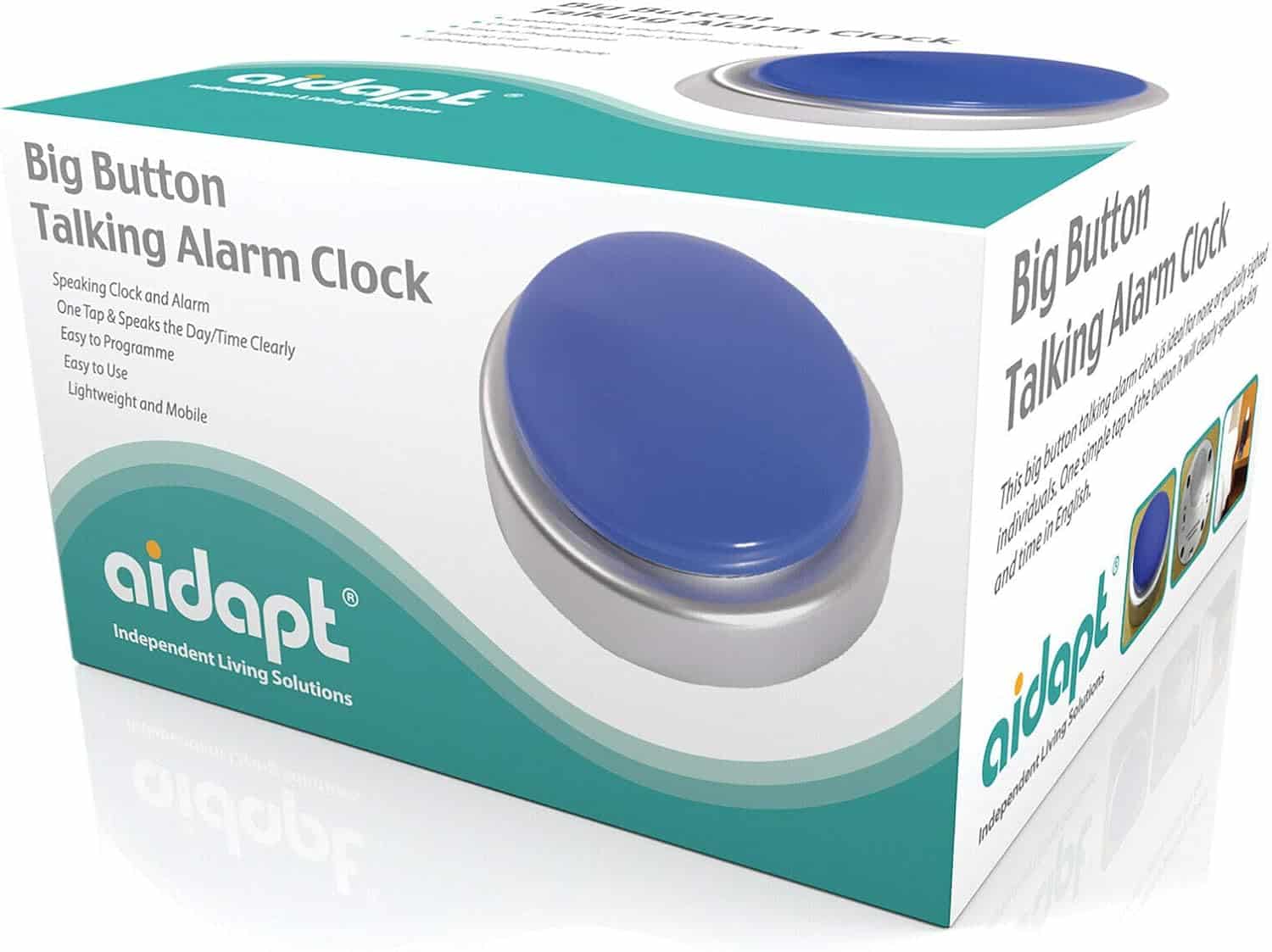


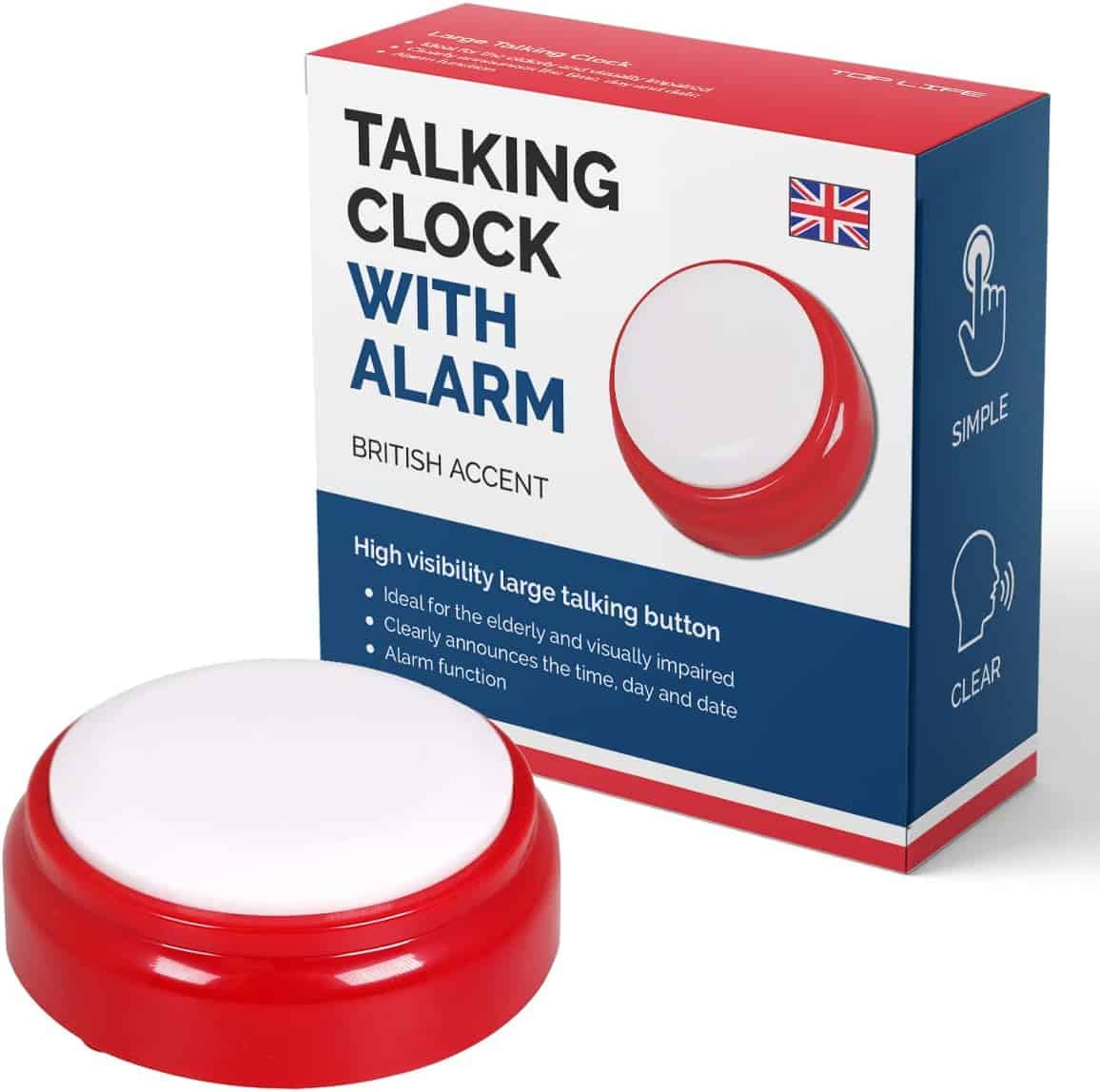
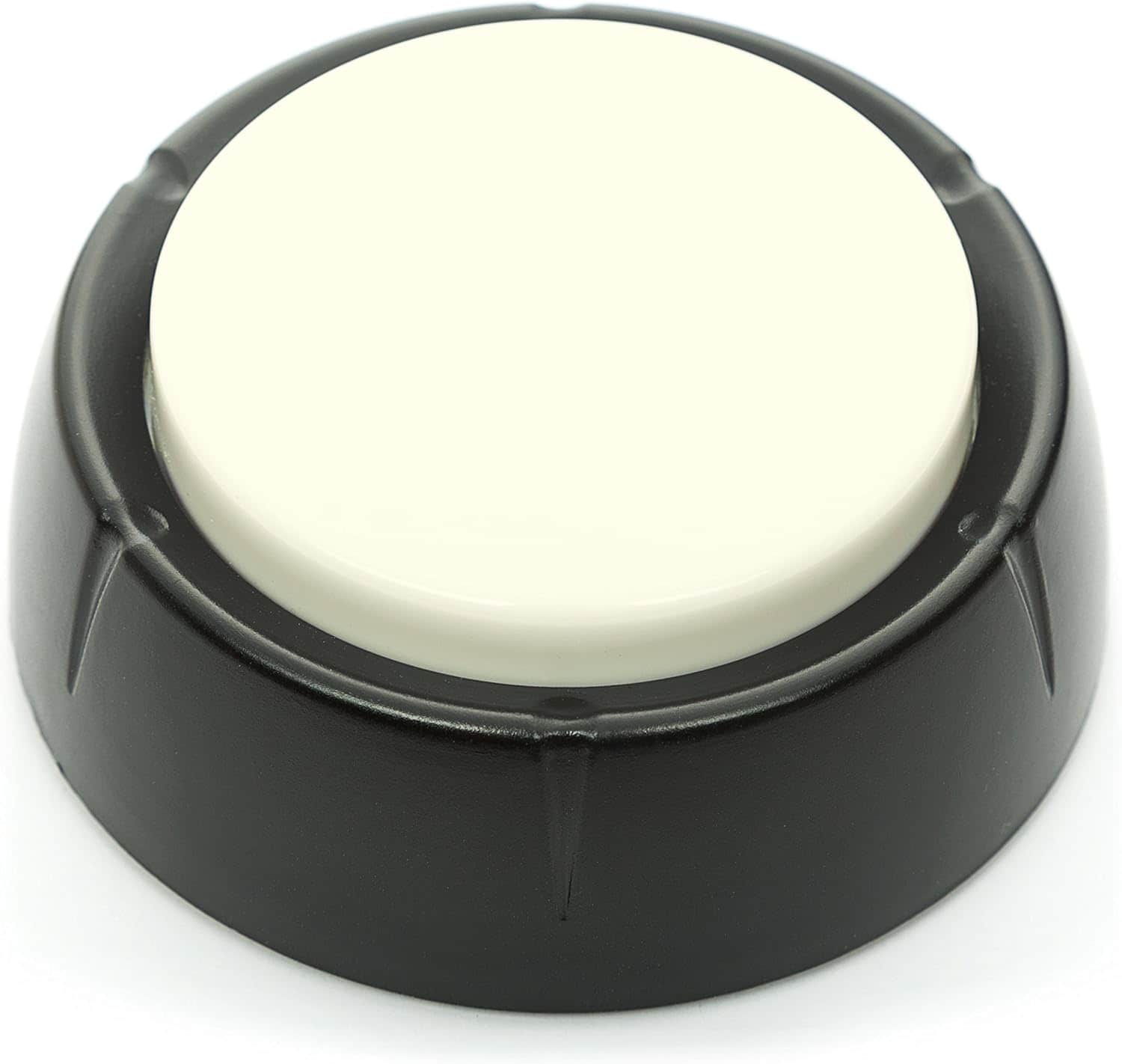
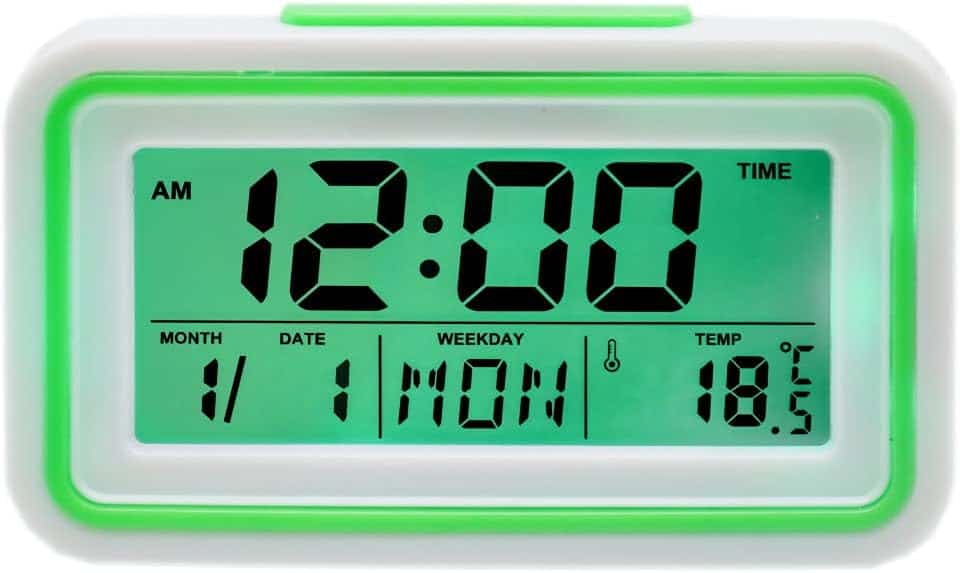
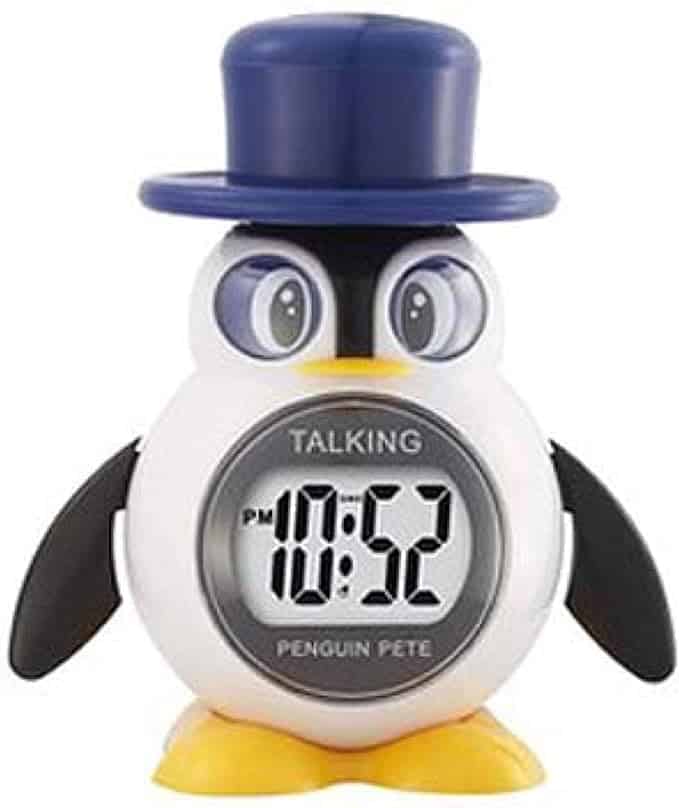
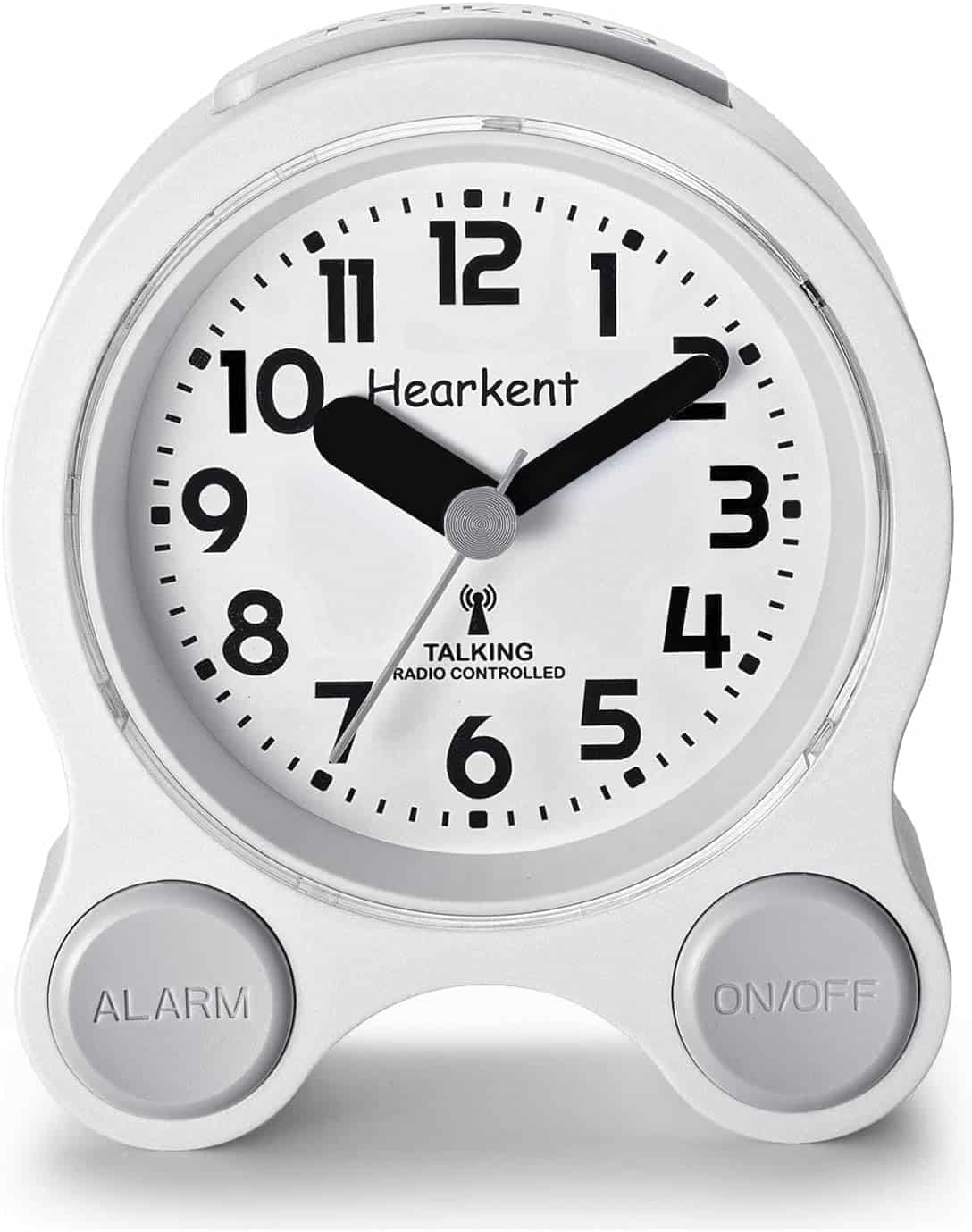
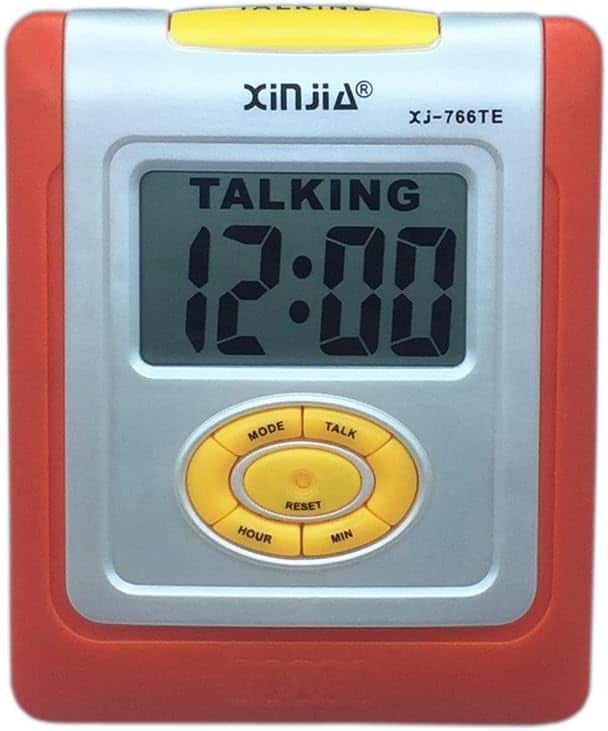
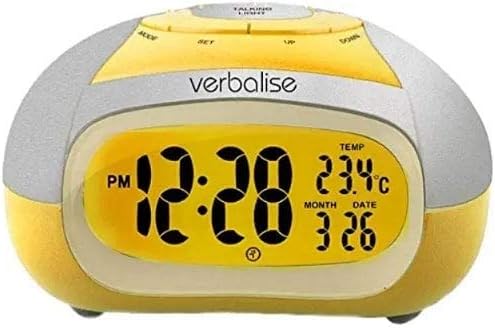
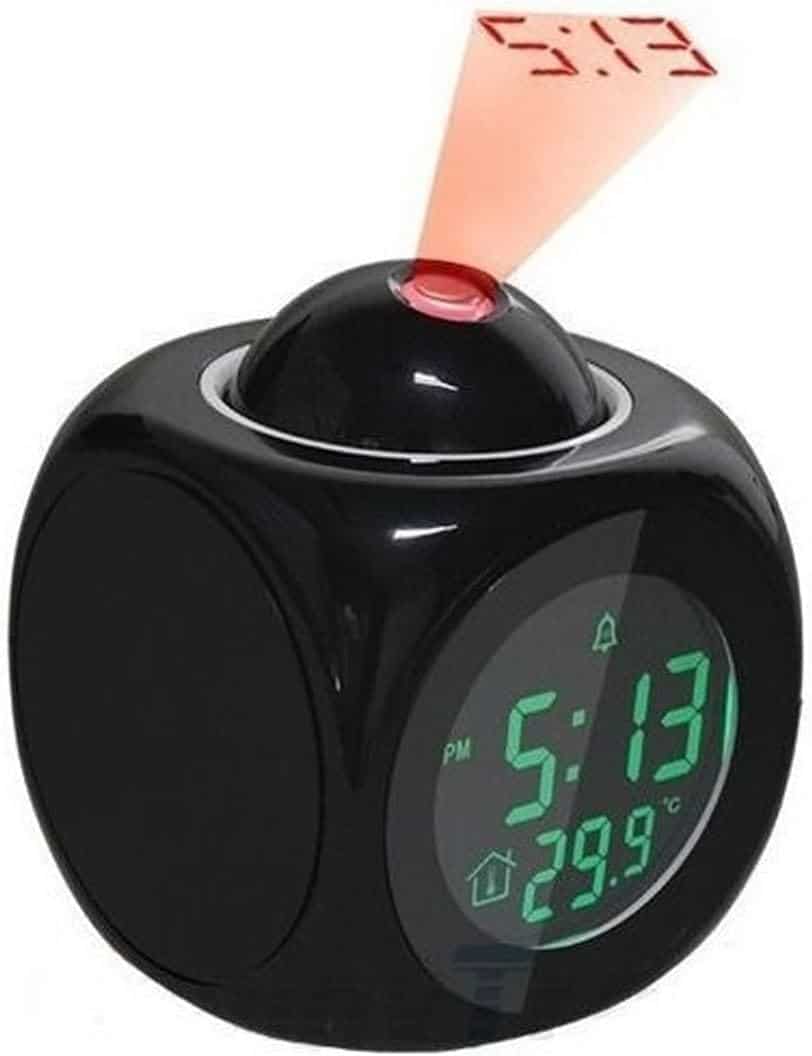
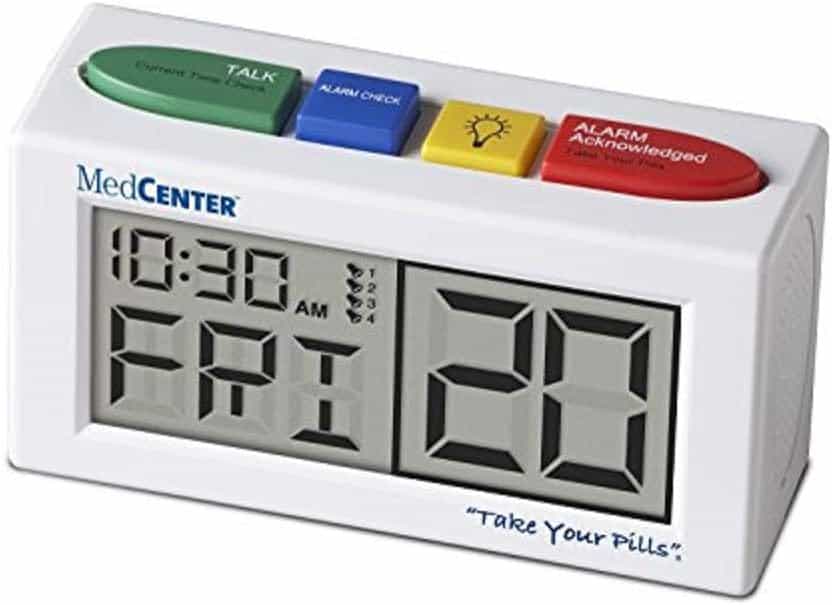
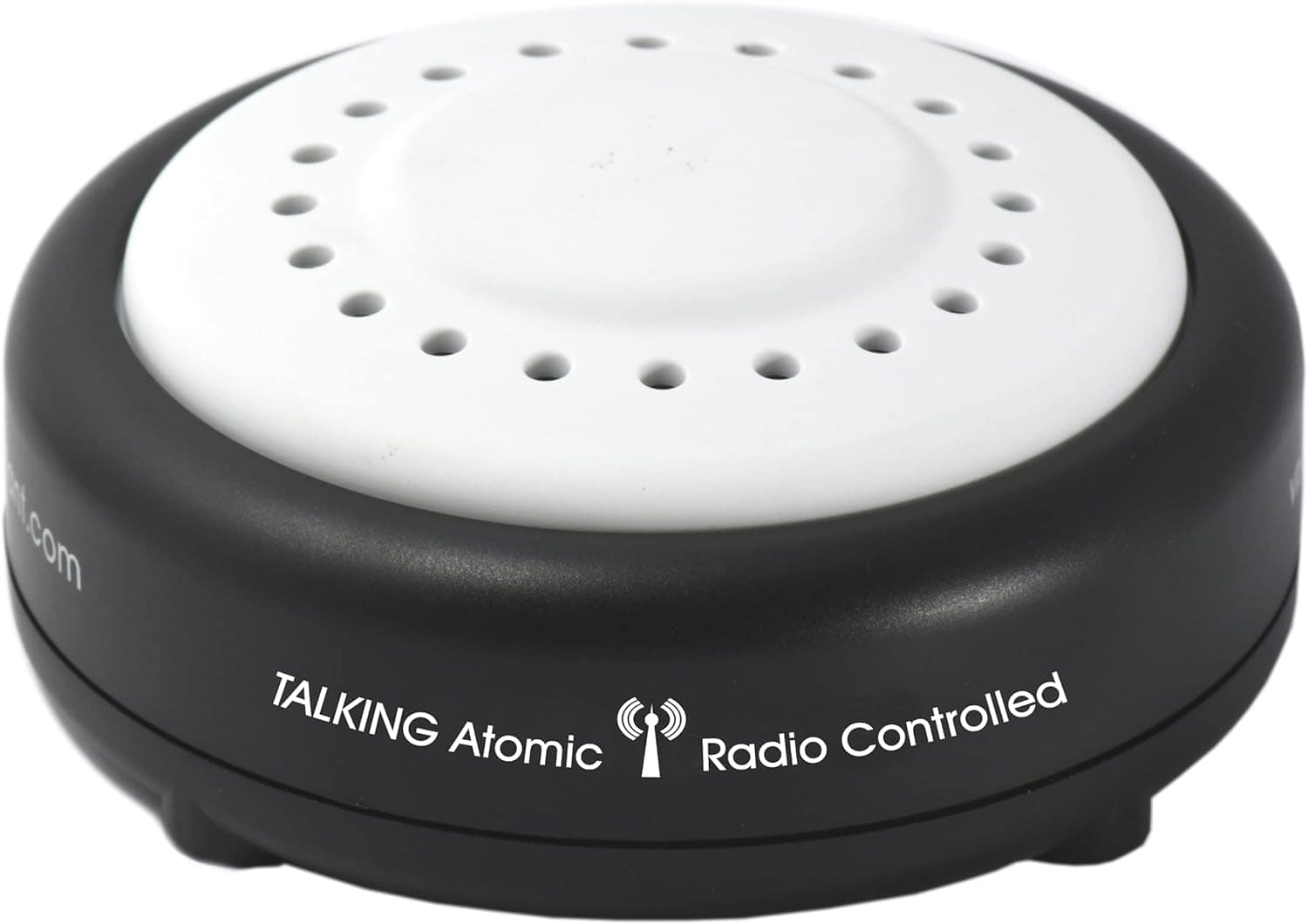
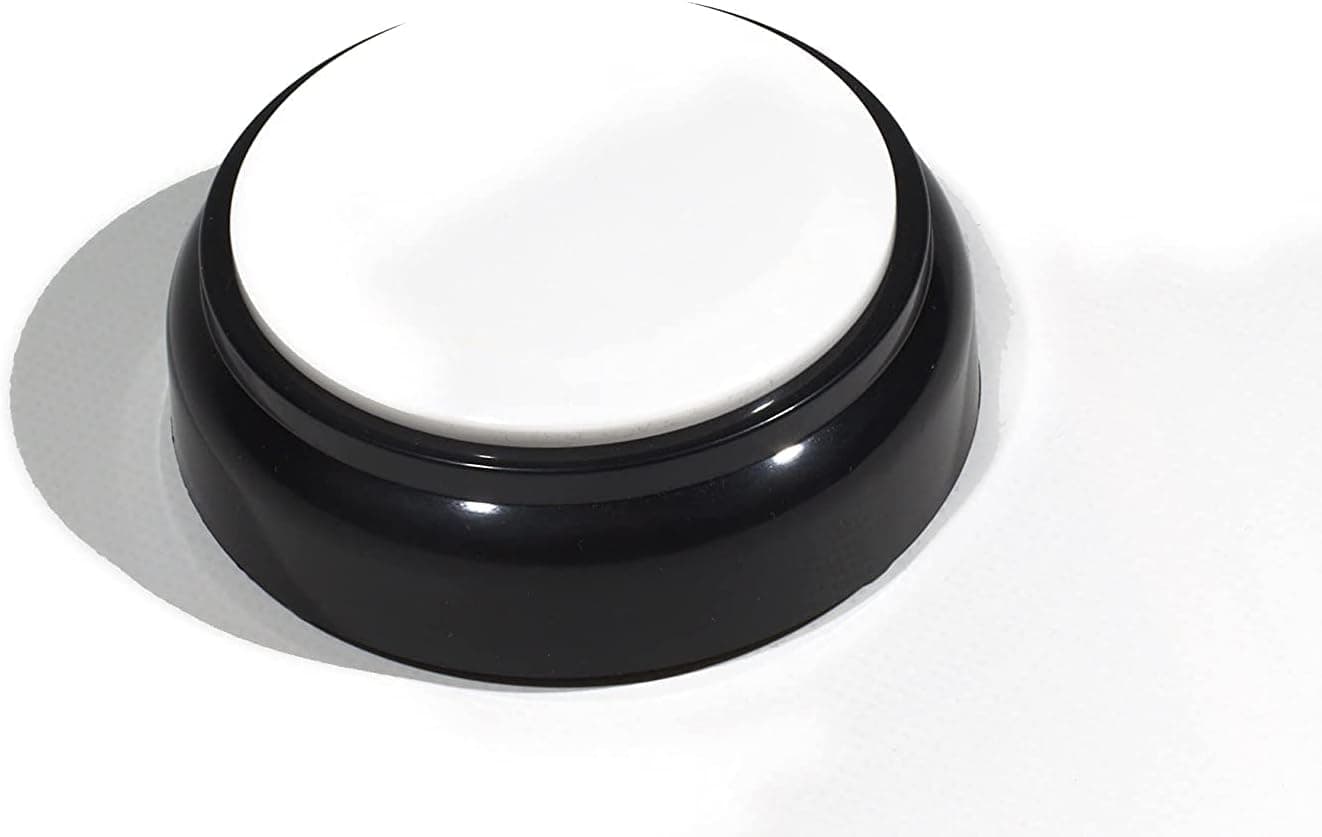

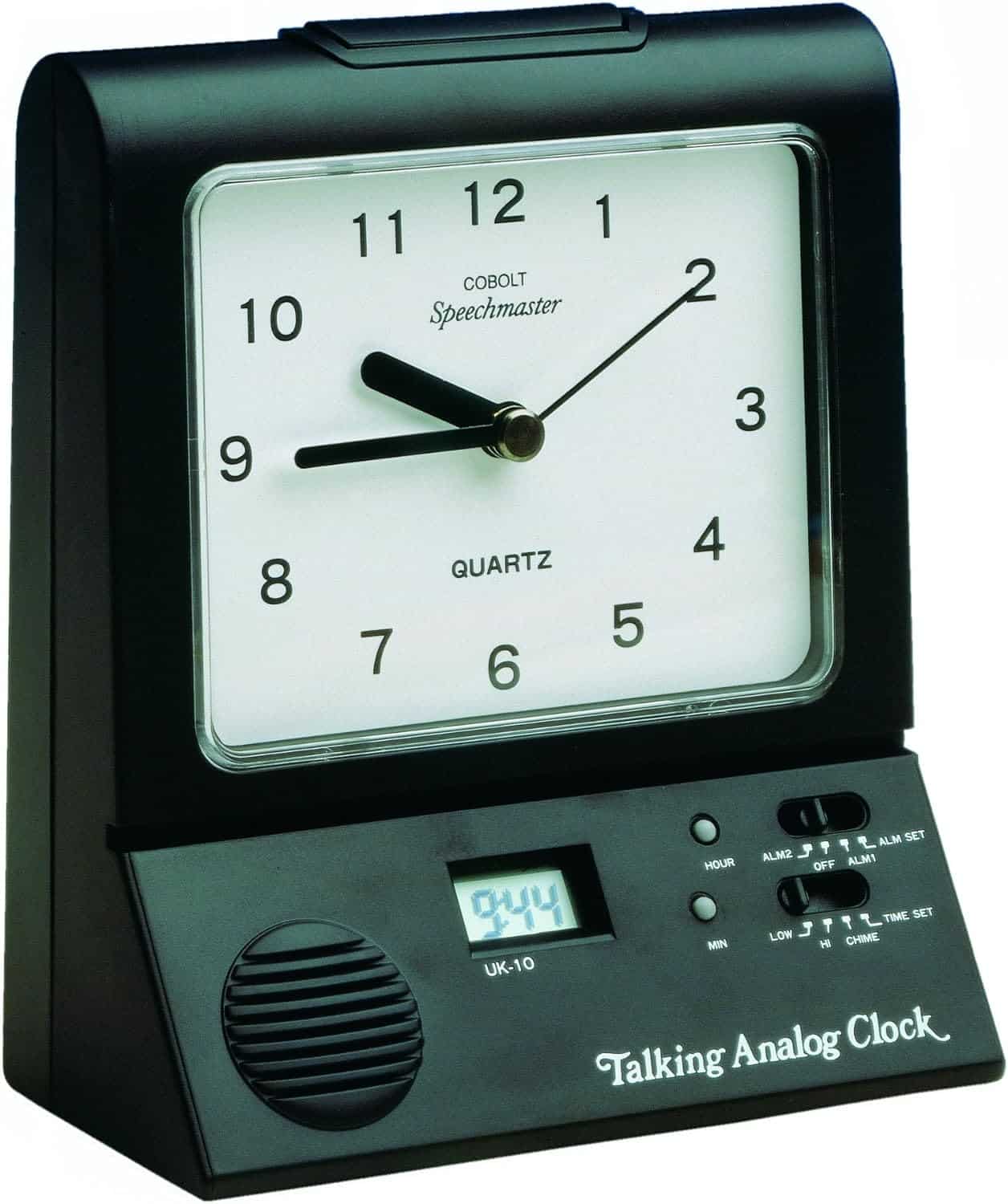
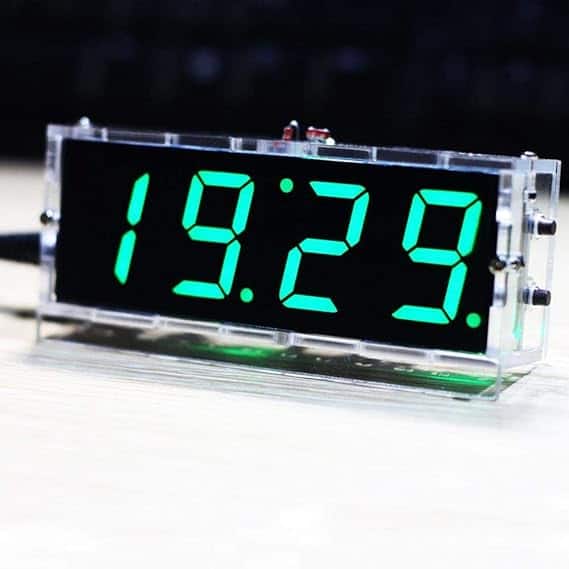
When purchasing a talking clock, you should consider a few essential features. For instance, the alarm feature is one of the most important. This is because an alarm is necessary for those who depend on their clock for daily reminders. Therefore, look for a watch with a talking alarm that announces the time. Another helpful feature is the snooze button, temporarily stopping the alarm before it starts again.
The design of the clock must also be taken into consideration. Remember that a compact design is beneficial, as these clocks take up less room and are easily portable. Alternatively, some talking clocks are available in the shape of a cube to provide a contemporary feel. On the other hand, a talking wall clock with an analogue and clear face may be preferable for a more conventional appearance.
Furthermore, the hourly chime, the hourly time announcement, and the digital display are additional features to consider. Although they might not be required for everyone, these features can be helpful for people with vision problems. Whilst the hourly time announcement and chime can help you keep track of time throughout the day, the digital display is easy to read.
Finally, consider how simple it is to use the clock. This includes whether the clock comes with ample print instructions, as well as how easy it is to set alarms. Regardless of how many features the clock offers, it will only be helpful if it is easy to use.
When purchasing a talking clock, delivery is a crucial factor to consider. Many businesses promise delivery within a certain number of business days, typically using a reputable courier such as Royal Mail.
In addition, determining if the company provides VAT relief to qualified customers is vital. This could significantly lower the price of the clock, making them more accessible to people on a limited budget.
For people with memory loss or vision impairment, talking clocks are beneficial tools.This is because voice announcements of the time can significantly assist those who are blind or experience vision loss.
Some models even feature reminders, offering support to people with dementia or memory loss. Moreover, there are low-vision clocks and watches to help people with visual impairments. These frequently feature voice announcements, as well as large and transparent displays.
It is essential to always keep an eye out for newly released goods. Thanks to manufacturers’ constant innovation, the features and designs of new models are constantly improved upon.
One popular model that has proven to be dependable and user-friendly is the RNIB Communiclock. This offers a multipurpose timepiece which is suitable for a wide audience, featuring a clear digital clock display, an alarm, and a snooze function.
UK Care Guide is really proud to have been featured on some of the UK’s leading websites.

















Jane is one of our primary content writers and specialises in elder care. She has a degree in English language and literature from Manchester University and has been writing and reviewing products for a number of years.
